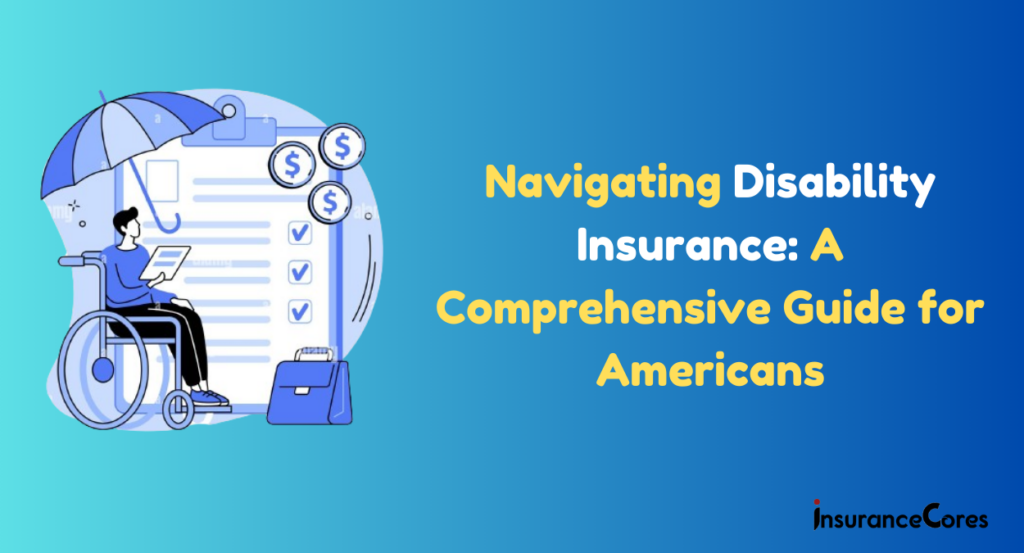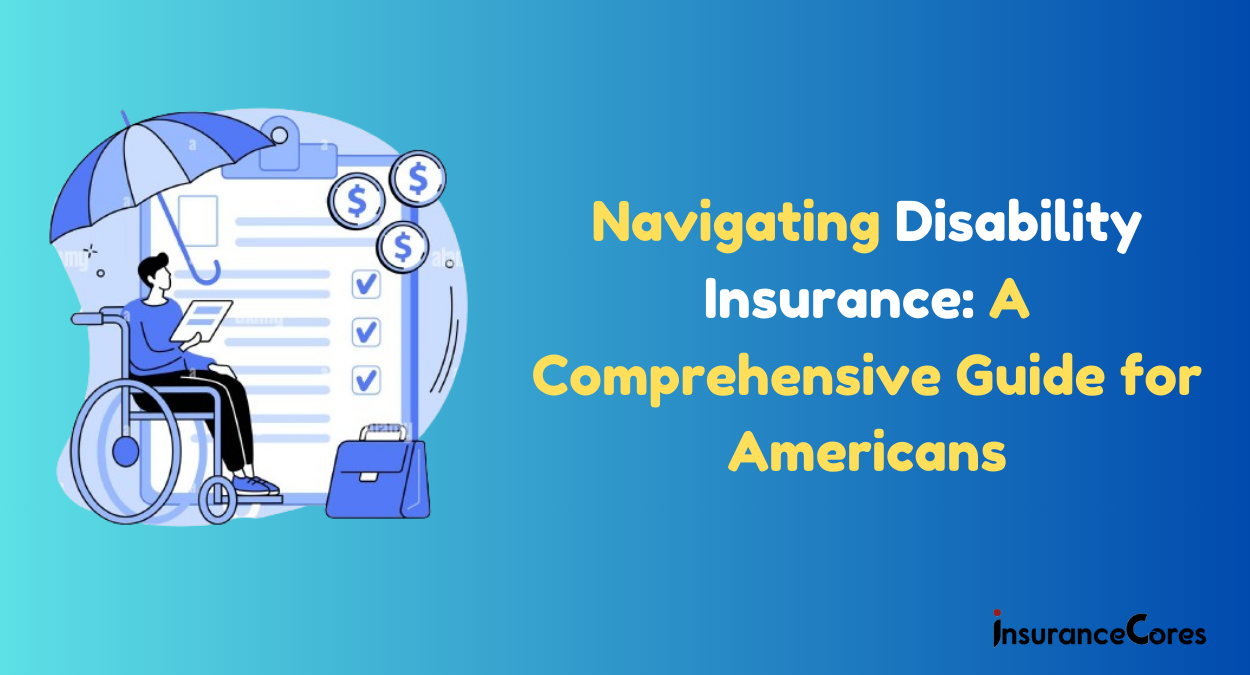In today’s unpredictable world, safeguarding our financial stability is paramount. Disability insurance serves as a crucial safety net, providing protection against the financial fallout of unexpected disabilities. As we step into 2024, it’s essential to understand the evolving landscape of disability insurance in the United States. This comprehensive guide aims to navigate you through the intricacies of disability insurance, covering everything from its fundamentals to the latest trends and considerations for Americans.

Understanding Disability Insurance
Disability insurance, also known as disability income insurance, is designed to replace a portion of your income if you become unable to work due to a qualifying disability. These disabilities can stem from various sources, including accidents, illnesses, or injuries, and can be short-term or long-term in nature.
Types of Disability Insurance
- Short-Term Disability Insurance: Provides coverage for a limited duration, typically ranging from a few weeks to several months, following a disability.
- Long-Term Disability Insurance: Offers coverage for an extended period, often until retirement age, if the disability persists.
- Group Disability Insurance: Offered through employers as part of employee benefits packages.
- Individual Disability Insurance: Purchased independently to supplement or replace group coverage or for self-employed individuals.
Eligibility and Coverage Considerations
Eligibility Criteria
Eligibility for disability insurance varies depending on the type of coverage and the insurer’s specific policies. However, common eligibility criteria may include:
- Employment status (full-time, part-time, self-employed)
- Minimum income requirements
- Health status and medical history
- Occupation and associated risks
Coverage Considerations
When exploring disability insurance options, several factors should be taken into account:
- Benefit Amount: Determine the percentage of your income you’d like to replace in the event of a disability.
- Waiting Period: The period between the onset of disability and the commencement of benefit payments.
- Definition of Disability: Understand how disability is defined in the policy and whether it aligns with your needs and occupation.
- Duration of Benefits: Assess whether benefits are payable for a limited period or until retirement age.
- Cost of Coverage: Evaluate premiums based on factors such as age, health, occupation, and desired coverage.
Also Read:
- Renters Insurance: Protecting Your Home and Peace of Mind in 2024
- Deep dive into Ocean Harbor Insurance: Protecting Your Assets with Excellence in 2024
- How Admiral Car Insurance Works? Best Guide of insurance Policies in 2024
Trends in Disability Insurance for 2024
As we enter 2024, several trends are shaping the landscape of disability insurance:
- Advancements in Underwriting: Insurers are leveraging technology and data analytics to streamline underwriting processes, leading to faster approvals and more accurate risk assessments.
- Expansion of Coverage Options: Insurers are offering more customizable coverage options to cater to diverse needs and preferences, such as riders for cost-of-living adjustments or residual disability benefits.
- Focus on Mental Health Coverage: Recognizing the importance of mental health, insurers are enhancing coverage for mental and nervous disorders, ensuring comprehensive protection for policyholders.
- Remote Work Considerations: With the rise of remote work, insurers are adapting policies to accommodate varying work arrangements, ensuring coverage remains relevant and accessible.
- Educational Initiatives: Insurers are investing in educational initiatives to increase awareness about disability insurance and its importance, empowering individuals to make informed decisions about their coverage.
Frequently Asked Questions (FAQs)
1. Do I need disability insurance if I have savings or other sources of income?
Disability insurance provides a reliable source of income replacement in case of a disability, offering financial protection beyond savings or other income sources.
2. Will disability insurance cover pre-existing conditions?
3. Can I purchase disability insurance if I’m self-employed?
5. Is disability insurance taxable?
Conclusion
As we navigate the complexities of the modern world, securing our financial future against unforeseen challenges is paramount. Disability insurance stands as a crucial pillar of financial protection, offering peace of mind and stability in the face of disabilities. By understanding the fundamentals, exploring coverage options, and staying informed about industry trends, Americans can make empowered decisions to safeguard their financial well-being in 2024 and beyond.
